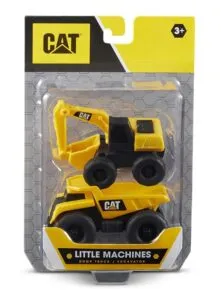What are Earthmoving Diecast Models?
Earthmoving diecast models are miniature replicas of heavy construction equipment such as excavators, bulldozers, loaders, and graders. These models are typically made using a die-casting process, where molten metal (usually zinc alloy) is injected into molds to create detailed and accurate representations of the real-life machinery. They serve as popular collectibles, educational tools, and toys for both children and adults. The level of detail can vary greatly, from simple, sturdy toys to highly detailed, meticulously crafted models that accurately replicate every feature of the full-size equipment. These models not only provide enjoyment but also offer insights into the design and mechanics of earthmoving machines, appealing to enthusiasts of engineering and construction.
A Brief History
The history of diecast models dates back to the early 20th century, with the first models appearing in the 1900s. Initially, these models were primarily toys, but as manufacturing techniques improved, so did the detail and accuracy. The post-World War II era saw a significant increase in the popularity of diecast models, with companies like Dinky Toys and Corgi Toys becoming household names. Earthmoving equipment models began to appear as part of this trend, capturing the public’s fascination with construction and engineering. The evolution from simple toys to highly detailed replicas mirrors advancements in manufacturing processes and a growing collector’s market, leading to the sophisticated models we see today.
The Appeal of Diecast Models
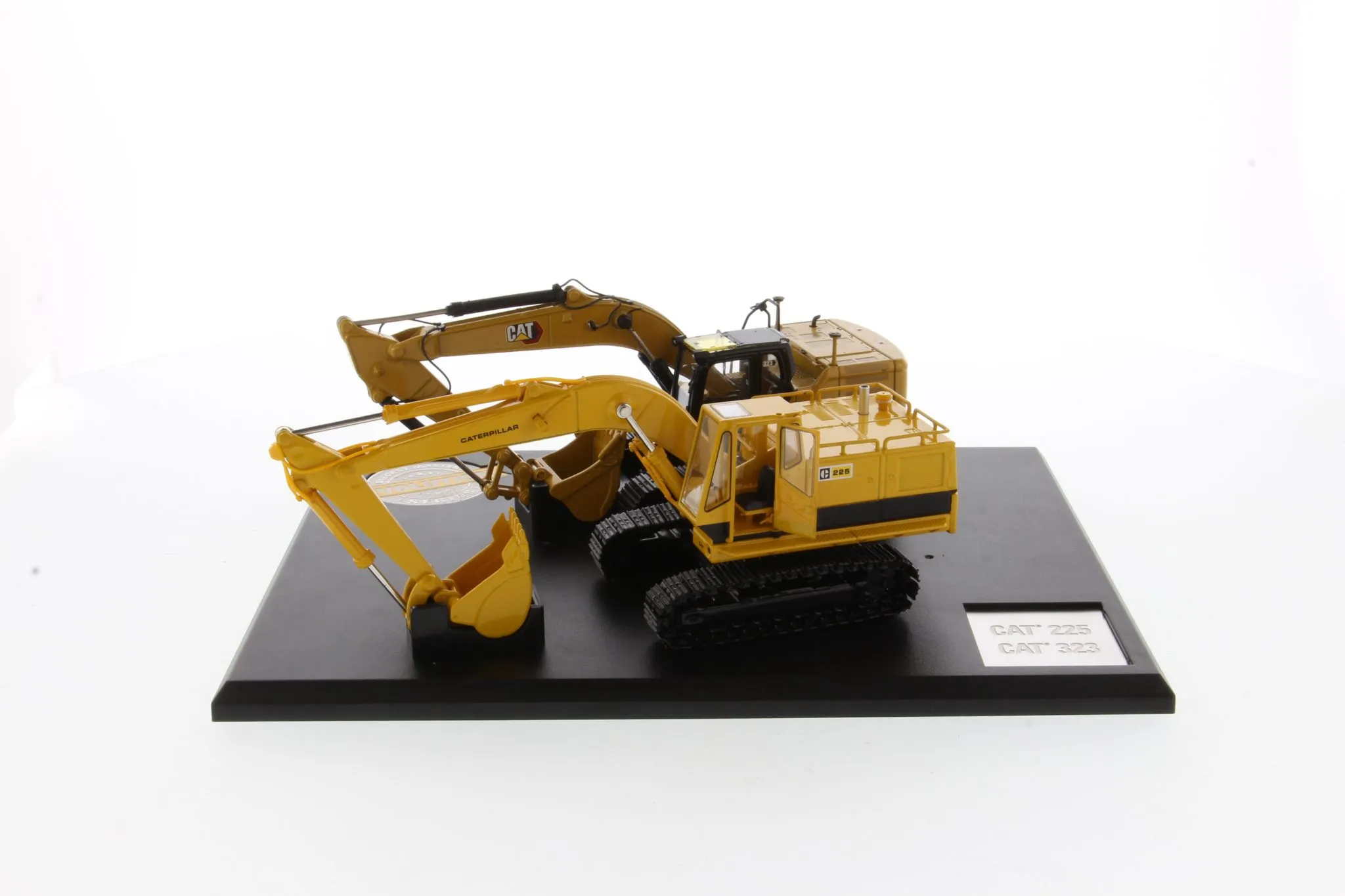
The appeal of earthmoving diecast models is multifaceted. For many, they represent a nostalgic connection to childhood and a fascination with heavy machinery. Collectors are drawn to the detail, craftsmanship, and the opportunity to own miniature versions of their favorite machines. These models also serve as educational tools, providing insights into the engineering and mechanics of real-world construction equipment. The tactile nature of these models and the ability to pose and display them adds to their appeal. Moreover, the collecting aspect provides a sense of community, with enthusiasts sharing their collections and knowledge. Diecast models bridge the gap between reality and miniature, appealing to a wide audience with their detailed design and enduring value.
Top 7 Facts about Earthmoving Diecast Models
Fact 1 Scale Matters
Scale is a crucial factor in the world of earthmoving diecast models. Different scales represent the ratio between the model’s size and the size of the real-life equipment. Common scales include 1:50, 1:87 (HO scale), and 1:24, each offering a different level of detail and size. The 1:50 scale is perhaps the most popular for earthmoving models, offering a good balance between detail and size, making them ideal for display and play. HO scale (1:87) is often used in conjunction with model railways, providing a versatile option for collectors interested in diorama building. Larger scales, like 1:24, provide incredible detail but require more space for display. Choosing a scale often depends on personal preference, available space, and the level of detail desired.
Common Scales for Earthmoving Models
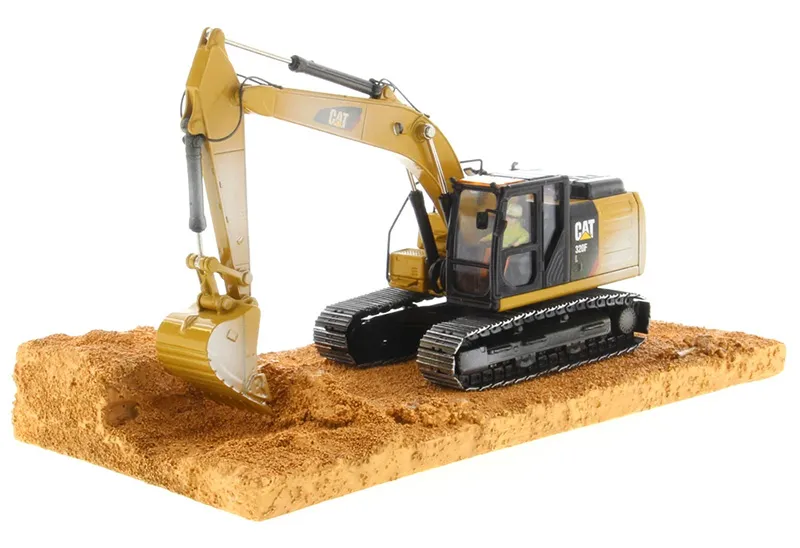
The most common scales for earthmoving diecast models include 1:50, 1:87 (HO scale), and 1:24. Each scale offers a different level of detail and size, catering to various preferences. The 1:50 scale provides a good balance between detail and practicality, making it suitable for both collecting and play. HO scale (1:87) is a popular choice for model railroad enthusiasts, allowing for the integration of earthmoving models into detailed layouts. 1:24 scale models offer the highest level of detail but require more space. Collectors often specialize in a particular scale, allowing for consistency in their collections and ease of display. Understanding the scales helps collectors select models that meet their specific display and collecting needs.
Fact 2 Materials Used
The materials used in earthmoving diecast models significantly impact their quality, durability, and appearance. Die-cast metal, typically a zinc alloy, forms the core of most models, providing weight and a realistic feel. This process allows for intricate details to be captured in the molds. Alongside the die-cast metal, other materials such as plastic and rubber are used for various components. Plastic is often employed for parts that require flexibility or intricate detailing, like ladders, steps, and some interior components. Rubber is used for tires and sometimes for flexible hoses and other details. The combination of these materials creates a realistic and durable model, adding to the overall appeal and value of earthmoving diecast models.
Die-cast Metal Construction
Die-cast metal, usually a zinc alloy, is the primary material used in the construction of earthmoving diecast models. This process involves injecting molten metal into a mold, allowing for the creation of highly detailed and accurate replicas. The use of die-cast metal provides weight, enhancing the model’s feel and stability. It also enables the production of complex shapes and intricate details that would be difficult to achieve with other materials. The durability of die-cast metal ensures that these models can withstand handling and display over time, making them ideal for collectors and enthusiasts. This core material contributes significantly to the overall quality and realistic appearance of earthmoving diecast models.
Plastic and Other Materials
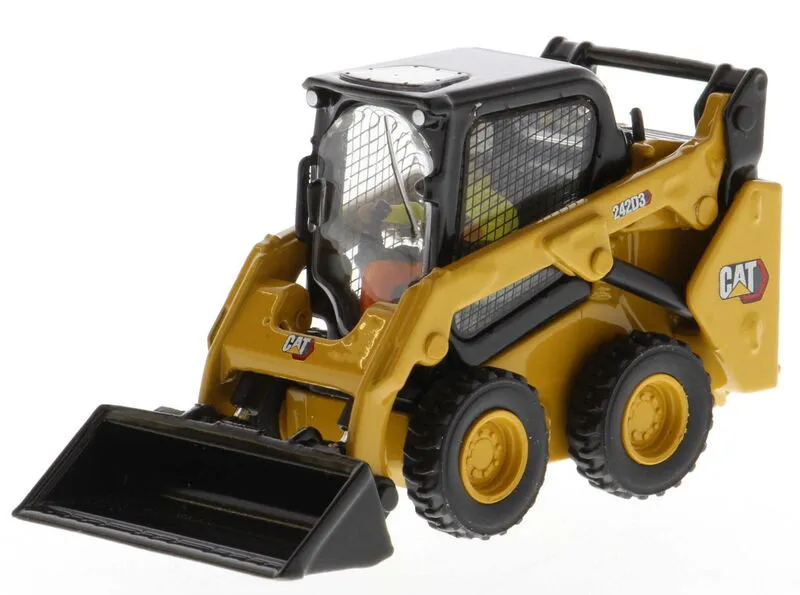
Besides die-cast metal, other materials like plastic and rubber play crucial roles in the construction of earthmoving diecast models. Plastic is commonly used for components that require flexibility or intricate detailing, such as ladders, steps, and certain interior features. It allows for the creation of detailed parts that would be challenging to produce using metal alone. Rubber is used for tires, providing realistic textures and grip, as well as for hoses and other flexible parts. These secondary materials enhance the overall appearance and functionality of the models, adding to their realism and collectibility. The combination of these materials ensures a balance of detail, durability, and visual appeal in earthmoving diecast models.
Fact 3 Types of Earthmoving Equipment
Earthmoving diecast models cover a wide variety of equipment, accurately replicating different types of heavy machinery used in construction and mining. These models offer collectors and enthusiasts a diverse range of options to build their collections. From excavators and bulldozers to loaders and graders, each model is meticulously designed to capture the essential features of the real-life machinery. Different types of earthmoving equipment include excavators for digging and moving materials, bulldozers for pushing earth, loaders for lifting and transporting materials, and graders for leveling surfaces. The range of available models allows collectors to specialize in particular types of equipment or build a comprehensive collection representing the entire spectrum of earthmoving operations. The variety and detailed design cater to both the collector and the hobbyist.
Excavators
Excavators are a prominent category within earthmoving diecast models, representing the heavy machinery used for digging, demolition, and material handling. These models often feature detailed arms, buckets, and tracks, allowing collectors to simulate real-world excavation tasks. Different scales and brands offer varying levels of detail, with some models including functional hydraulics and realistic paint schemes. The excavator models provide collectors with a tangible way to appreciate the engineering and power of these machines, offering opportunities for display and interactive play. The attention to detail in these replicas makes them popular choices for both collectors and enthusiasts. They are a cornerstone of any comprehensive earthmoving model collection.
Bulldozers
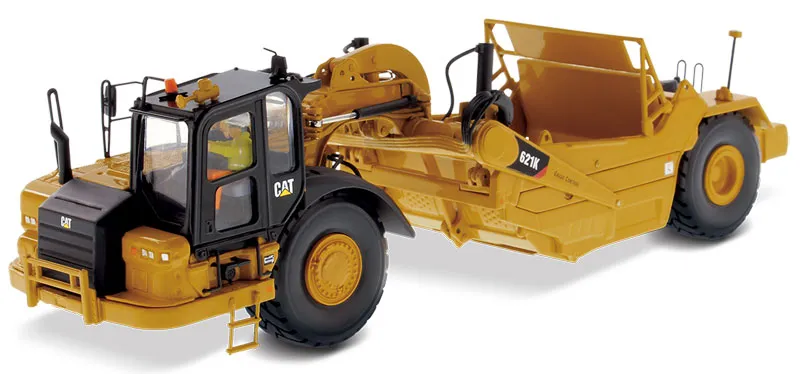
Bulldozer models are another essential part of the earthmoving diecast model world, capturing the robust nature of these machines used for pushing earth and leveling ground. These models typically feature detailed blades, tracks, and often functional components such as adjustable blades. Collectors appreciate the accurate portrayal of the bulldozer’s design, including the blade shape and the undercarriage details. The models reflect the power and functionality of the real-life bulldozers, making them a great addition to any collection. Various scales and brands provide different options to collectors, making it possible to build a collection that includes different models, features, and finishes, enhancing the display possibilities.
Loaders
Loaders, or wheel loaders, are well-represented in the earthmoving diecast model community. These models accurately represent the machines used for lifting and transporting materials like gravel, sand, and debris. Collectors can find models with detailed buckets, articulating chassis, and realistic paint schemes, capturing the essence of these versatile machines. Many models come with functional features, such as moving arms and tilting buckets, allowing for interactive play and display. The variety of loader models available from different manufacturers gives collectors the opportunity to assemble detailed fleets of earthmoving equipment. The focus on accuracy and functionality of the models appeals to both model enthusiasts and fans of construction.
Graders
Graders are essential in earthmoving operations, and their detailed models are popular among collectors. These models showcase the intricate design of graders, with their blades, wheels, and articulated frames. Collectors are drawn to the realistic portrayal of the grader’s capabilities. Many models feature adjustable blades and other working parts, enhancing their appeal. They provide an excellent representation of the machinery used for precise grading and leveling of surfaces. Different scales and brands offer a variety of options, allowing collectors to diversify their collections and create comprehensive earthmoving displays. The detail and authenticity of these grader models make them a valuable addition to any collection, and they capture the essence of these important machines.
Fact 4 Brands and Manufacturers
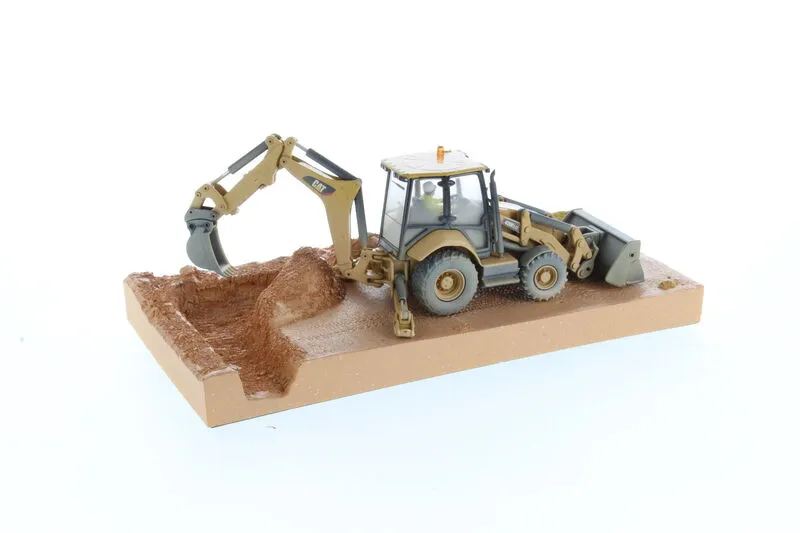
Several reputable brands and manufacturers dominate the earthmoving diecast model market, each known for their quality, detail, and unique offerings. These brands compete to provide the best models, and their products often appeal to collectors and enthusiasts around the world. Collectors often have brand preferences based on the quality of detail, realism, and model variety available. Researching and comparing brands can help collectors choose models that match their preferences and collection goals. The best-known brands typically focus on accuracy, functionality, and aesthetic appeal, ensuring that their models are highly sought-after by collectors and hobbyists. Understanding the various brand offerings helps collectors build a well-rounded and diverse model collection.
Popular Brands
Popular brands in the earthmoving diecast model industry include names such as Caterpillar, Komatsu, and Liebherr, often offering models of their full-scale equipment. Other well-known manufacturers like Joal, NZG, and Conrad also produce a variety of models with high detail and accuracy. Each brand has its strengths, whether it is detailed detailing, the variety of models, or the use of premium materials. Caterpillar, for example, often features models directly licensed by the real-life manufacturer, ensuring authenticity. Knowing the brands and their reputations helps collectors choose models that meet their needs and interests. The variety of brands provides a broad range of models to choose from, appealing to collectors’ needs for authenticity and variety.
High-End vs. Budget Brands
The earthmoving diecast model market offers a wide range of brands, catering to different budgets and preferences. High-end brands, such as those known for their premium detailing and accurate representation, often come with a higher price tag. They typically include a greater level of detail, more functional parts, and use premium materials. Budget brands offer more affordable options, providing a gateway into the hobby. They may sacrifice some details or features to keep costs down. Choosing between high-end and budget brands depends on an individual’s priorities and budget. Some collectors focus on premium models, while others enjoy building extensive collections with a more economical approach. Knowing the differences helps collectors make informed decisions about the models they choose to add to their collections.
Fact 5 Detailing and Accuracy
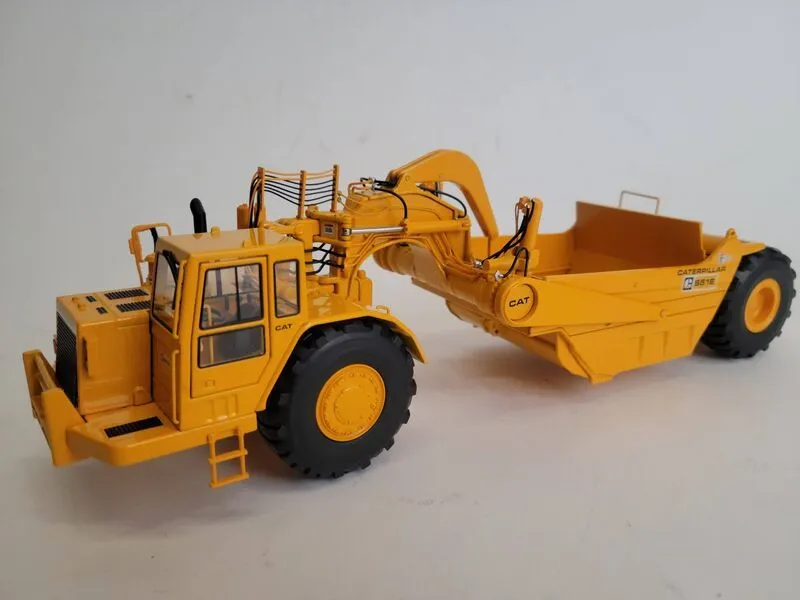
Detailing and accuracy are essential aspects of earthmoving diecast models, and they play a key role in the realism and appeal of these models. The level of detail in models can vary, from simpler designs to highly detailed replicas that replicate every aspect of the real equipment. High-quality models often include features such as realistic paint schemes, intricate decals, functional components like moving arms, and detailed interiors. Accurate detailing requires precise measurements, authentic materials, and careful construction. Collectors seek models that accurately portray the equipment they represent, providing a sense of satisfaction and pride in their collection. The pursuit of detail and accuracy is a hallmark of this hobby, making these models valuable collectibles.
Authenticity and Realism
Authenticity and realism are core characteristics in the realm of earthmoving diecast models, contributing to their value and appeal. Manufacturers strive to produce models that accurately replicate the appearance, features, and functionality of the real-life equipment. This involves using original blueprints, detailed measurements, and high-quality materials. The attention to detail includes the paint colors, decals, and the design of components such as the undercarriage, tracks, and hydraulics. Collectors often prioritize authentic models that faithfully represent the machinery. This commitment to realism ensures that the models provide a genuine representation of earthmoving equipment, making them attractive to enthusiasts and collectors. This dedication to authenticity is what elevates these models from mere toys to sought-after collectibles.
Features to Look For
When evaluating earthmoving diecast models, several features indicate high quality and authenticity. Collectors should look for detailed paint schemes, accurately applied decals, and realistic weathering effects. Functional components such as moving arms, tilting buckets, and articulated chassis add to the realism and playability of the models. The materials used, particularly die-cast metal, should be of high quality and provide a sense of weight and durability. Detailed interiors and accurate representations of the engine and undercarriage are also desirable features. Paying attention to these details ensures that the models provide a satisfying collecting and display experience, and ultimately, increase the value of the models.
Fact 6 Collecting and Displaying
Collecting and displaying earthmoving diecast models is a rewarding hobby for construction enthusiasts and model fans. The hobby involves acquiring models and finding creative ways to exhibit them. Collectors have different strategies for collecting. Some specialize in certain types of equipment, while others focus on specific brands or scales. Displaying models can range from simple arrangements on shelves to elaborate dioramas. The display method enhances the aesthetic appeal, adds to the storytelling element, and protects the models from damage. Joining a collectors’ club can provide support, allow collectors to share information, and enhance their display. This aspect of the hobby encourages community, which further makes the hobby rewarding.
Displaying Your Collection
Displaying an earthmoving diecast model collection offers various options. The most popular method is to use display cabinets, shelves, or display cases to protect the models from dust and damage. Dioramas, which recreate construction sites or real-world environments, are also an appealing choice. Lighting plays a key role in highlighting the detail and adding visual interest to the display. Consider the scale of your models and the amount of space available. The display should show the models in a manner that is attractive and showcases the collection. Regularly cleaning the display and rotating the models provides opportunities for viewing and helps keep the display engaging. Proper display not only enhances the visual appeal but also protects the models, preserving their value and condition.
Joining a Collectors’ Club
Joining a collectors’ club can significantly enhance the enjoyment and value of collecting earthmoving diecast models. Collectors’ clubs provide a supportive community, allowing enthusiasts to connect with others who share their passion. Members can share information, and experience, learn about upcoming releases, and trade models. Many clubs organize meetings, exhibitions, and group buys, further enriching the hobby. Being a member of a club provides a chance to expand one’s knowledge, obtain valuable information, and access rare models and accessories. It also fosters a sense of camaraderie and allows collectors to share their enthusiasm with like-minded individuals. This community aspect makes collecting more rewarding and enjoyable.
Fact 7 Value and Investment Potential
Earthmoving diecast models can have significant value and possess investment potential. The value of a model depends on factors like the brand, rarity, condition, and level of detail. Limited edition models, vintage pieces, and models in mint condition tend to command higher prices. The collector market drives this value, with demand often exceeding supply. Investing in these models can be a rewarding option for those interested in the collecting hobby. The market for these models tends to be stable, with values increasing over time, especially for rare and well-preserved pieces. Proper care, storage, and documentation can preserve and increase the value of the models. Understanding the factors that affect the value helps collectors and investors make informed decisions and maximize their returns.
Factors Affecting Value
Several factors affect the value of earthmoving diecast models. Rarity is one of the main factors. Limited-edition models or those with a low production run are typically more valuable. The brand also plays a role, with models from established manufacturers known for quality and detail often commanding higher prices. The condition of the model is crucial; mint condition models with original packaging are more valuable than those with wear and tear. Authenticity, including original parts and accurate detailing, adds to the value. Market demand, influenced by collector interest and the availability of specific models, also influences value. Understanding these factors helps collectors assess the worth of their models and make informed decisions when buying, selling, or investing.
Care and Maintenance
Proper care and maintenance are essential to preserving the value and condition of earthmoving diecast models. Dusting models regularly with a soft brush or cloth is important to prevent the buildup of dust and dirt. Store the models in a cool, dry place, away from direct sunlight and extreme temperatures, as this will help prevent fading and damage. Handle the models with clean hands to avoid transferring oils or dirt. For models with moving parts, periodic lubrication may be necessary. Consider using display cases or cabinets to provide added protection. Following these simple maintenance steps will help ensure the models stay in great condition and retain their value for years to come. Regular care preserves the investment and enables collectors to enjoy their models for a long time.
Conclusion
Earthmoving diecast models offer a compelling combination of artistry, engineering, and collecting. These miniature replicas are more than just toys; they are pieces of art, symbols of engineering prowess, and vehicles of nostalgia. Whether you’re a seasoned collector, a construction enthusiast, or someone looking for a unique hobby, earthmoving diecast models offer something special. From understanding the various scales and materials used to the importance of authenticity and detail, the world of these models is rich with opportunities for learning and enjoyment. By learning about different brands, displaying your models, and valuing the investment potential, you can deepen your appreciation for this hobby. Embrace the world of earthmoving diecast models and discover the satisfaction of building and owning these remarkable miniature machines. The combination of history, craftsmanship, and community makes this a genuinely enriching pastime.
